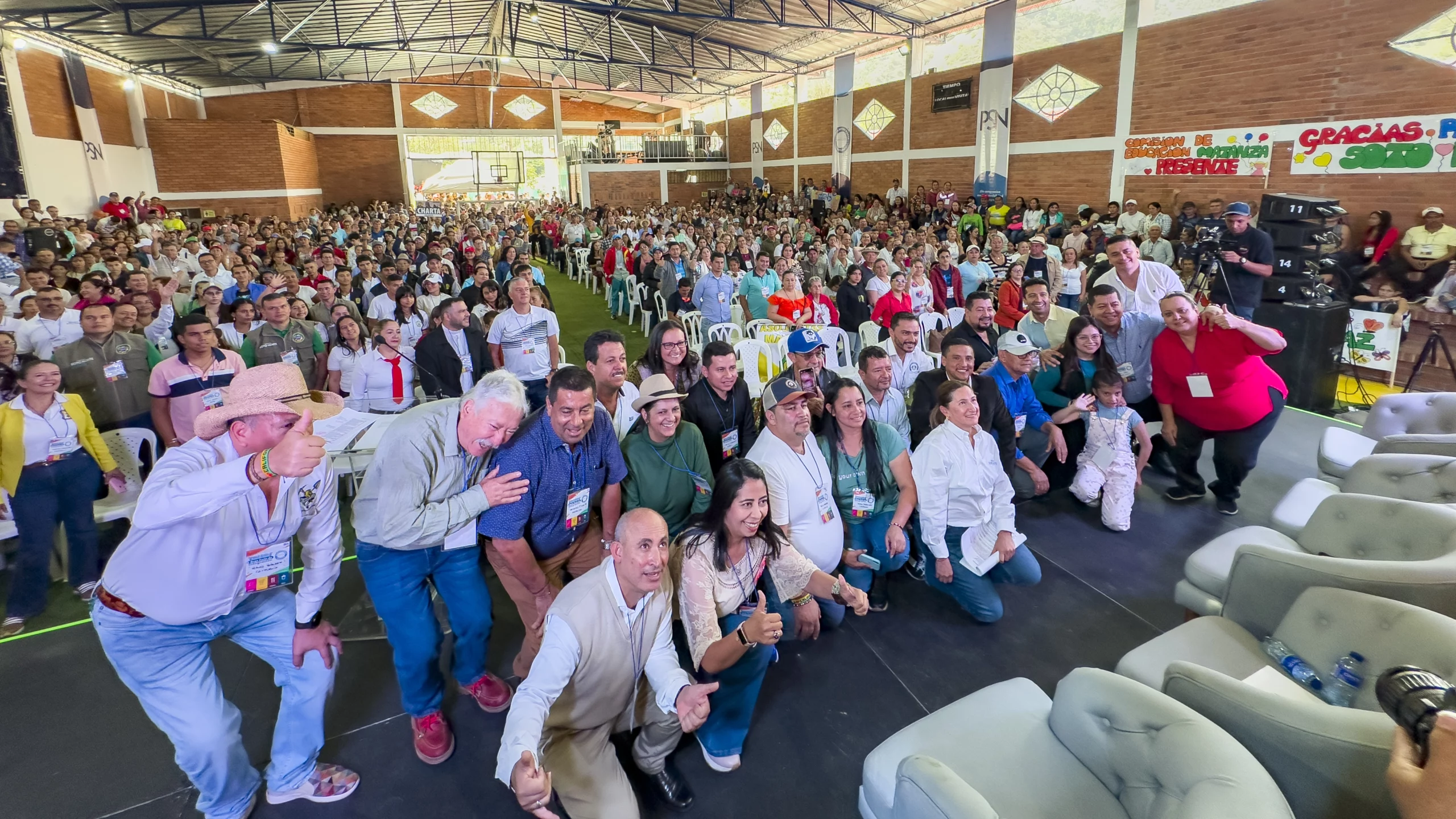- In 2023, the Soto Norte Project and the communities held more than 130 meetings to negotiate and agree on the benefits for the urban and rural populations..
- Before 2,000 people, the Soto Norte Project and the six Social Agreement Committees reported on the results of the projects and programs implemented last year in California, Suratá, and Matanza.
California (Santander), Mar 11, 2024.
Last year, the Soto Norte Social Agreement generated a series of collective benefits, including the construction of roads and schools, community empowerment, strengthening of local traditions, revitalization of local economies, and reconstruction of the social fabric.
The Social Agreement is an innovative participation model the Soto Norte Project is promoting. Through this US$1.4m initiative, for the first time in history, the territory's inhabitants decided which works and social programs would benefit the community.
Leaders, farmers, youth, mothers, heads of households, and small miners decided the importance and urgency of development, investment, and social projects by collaborating in groups known as Committees.
Yaneth Mantilla Barón, PSN's Executive Vice President for Strategic Affairs said, "We are proud to see more than 2,000 people gathered to be presented with the execution reports and see how the projects they have chosen are becoming a reality. Our Project is based on a social model that measures its achievements through social well-being. Our success lies in building a united, happy, and identity-proud Soto Norte. We invest in the present to secure the future. We are committed to the sustained and comprehensive development in the province and the department.”
The Infrastructure Committee has positively impacted the mobility of more than 16,000 inhabitants of Soto Norte by building more than 1 kilometer of new roadways and revamping more than 3 kilometers of secondary roads, connecting roads with more than 18 villages and remote areas in California, Suratá, and Matanza.
In addition to the works already underway, the biggest achievement in mobility is having awarded the contract to conduct the pre-feasibility and feasibility studies for the Soto Norte Highway. This road will connect California, Suratá, Matanza, Charta, Vetas and Tona with Bucaramanga, the capital of Santander. This flagship project will result in the construction of 93.47 kilometers of new roads, strengthening Santander's infrastructure and connectivity.
Likewise, 5 rural aqueducts and 7 rural schools in Suratá were identified for improvements and will be renovated with construction materials, hoses, and furniture in general.
The Education Committee managed to obtain direct benefit to students by arranging 16 school transport operations, benefiting 500 students, who had to walk up to two hours or more from their homes to the classroom.
This number goes up to 1,200 students with better opportunities though other programs, including English courses for A1, A2, and B1 levels, psychosocial counseling, digital education, Wi-Fi connection, computer classrooms, school infrastructure, and training programs in robotics.
It is important to highlight the vital support provided by the Community Action Boards to the Local Economy Committee for organizing 13 Farmers' Markets which brought together 121 producers from Matanza and Suratá. At these events, farmers and buyers created a commercial platform without intermediaries so that farmers could sell their fresh products at competitive prices.
The Community Organizations Committee convened 71 Community Action Boards and 355 representatives, and after several days of dialogue, they reached and signed the Social Agreements.
The Health, Welfare and Entrepreneurship Committee prioritized health care for more than 6,000 citizens, single mothers, heads of households, senior citizens, athletes and artists in the region.
Thanks to the commitment of all participants, agreements were signed with the ESE Hospital San Antonio de California and the ESE Hospital San Rafael de Matanza. Also, more than 1,700 kits of materials were delivered in handicraft workshops where more than 300 people attended to develop their incredible artistic talents and skills.
The Business and Innovation Committee ensured that local, regional and national fairs and exhibitions became commercial showcases for entrepreneurs. As a result, 40 entrepreneurs in the province were trained in Green Business and will participate in the FARA Project Incubator.
Political and social leaders, youth, women, and older adults attended training sessions on public investment planning, partnership projects, and productive and social business ventures offered by various institutions, including the Universidad Pontificia Bolivariana.
These results make the Soto Norte Project's Social Agreement a tangible example of citizen participation and community partnerships that are positively transforming people's lives and strengthening the region's social fabric.






